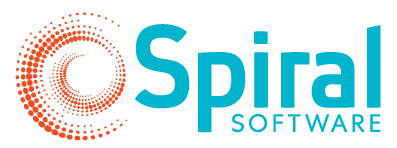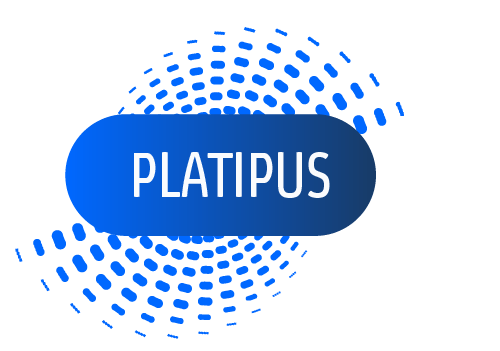
PLATIPUS
Improving outcomes for babies born preterm
Primary Outcome
Improved health outcomes for babies at risk of preterm birth, or born preterm, assessed using a ranked scale of health outcomes important to baby health and wellbeing.
PLATIPUS is an innovative adaptive platform trial designed to assess medicines and therapies in pregnancies at risk of preterm birth (birth before 37 weeks gestation), and in babies born preterm: platipustrial.org

Background
Preterm birth—before 37 weeks’ gestation—is the leading cause of death and disability in children under five
Traditional clinical trials typically study a single intervention in isolation, slowing progress as the evidence must be gathered one question at a time
PLATIPUS uses an adaptive platform design, running multiple “domains” concurrently—each assessing different medicines or therapies in pregnant people at risk of preterm birth, or infants born preterm—and continuously adapting based on data
Trial design
PLATIPUS is a multi-domain, multi-centre, international adaptive platform trial
Pregnancy domains assess interventions in pregnant people at risk of preterm birth; Neonatal domains assess interventions in infants born preterm
Participants are randomly assigned to all domains for which they are eligible and have provided consent
The trial utilises a custom Ordinal Outcome Scale to assess neonatal health at either 42 weeks postmenstrual age or the first discharge home from the hospital — whichever comes first. Pregnancy domains also include maternal health and safety measures
The trial employs Bayesian adaptive methods: regularly performing interim analyses to determine whether treatments are superior, futile, inferior, or equivalent—with flexibility to drop or add interventions when sufficient data has been collected

“My systematic thinking approach is focused on delivering platform solutions that improve process efficiencies for Spiral's clients and contribute to their trial's success.”
Spiral’s contribution

Key connections
Principal investigators:
Prof. Brett Manley – Co-Chief Investigator & Neonatologist
A/Prof. Clare Whitehead – Co-Chief Investigator & Maternal–Fetal Medicine Specialist
Leadership structure:
Trial Steering Committee (TSC) – Oversees trial design, conduct & reporting; includes expert clinicians, statisticians, and committee representatives (e.g., Pregnancy & Neonatal Domain Committees, Cultural Leadership, Lived Experience Committee)
Trial Management Committee (TMC) – Handles daily trial operations; includes lead investigators, biostatisticians, data managers, and lived experience experts
Data Safety & Monitoring Committee (DSMC) – Monitors trial progress, safety, recruitment, data quality
Expert Advisory Panel (EAP) – Provides scientific guidance on domain prioritization, trial conduct, and dissemination
Statistics Advisory Committee – Oversees statistical methodology, especially Bayesian and adaptive-randomisation processes
Lived Experience Committee – Composed of individuals and parents with lived experience of preterm birth; involved in all trial stages
Cultural Leadership Committees – Aboriginal and Torres Strait Islander and Maori-led groups guiding culturally safe trial design and implementation









